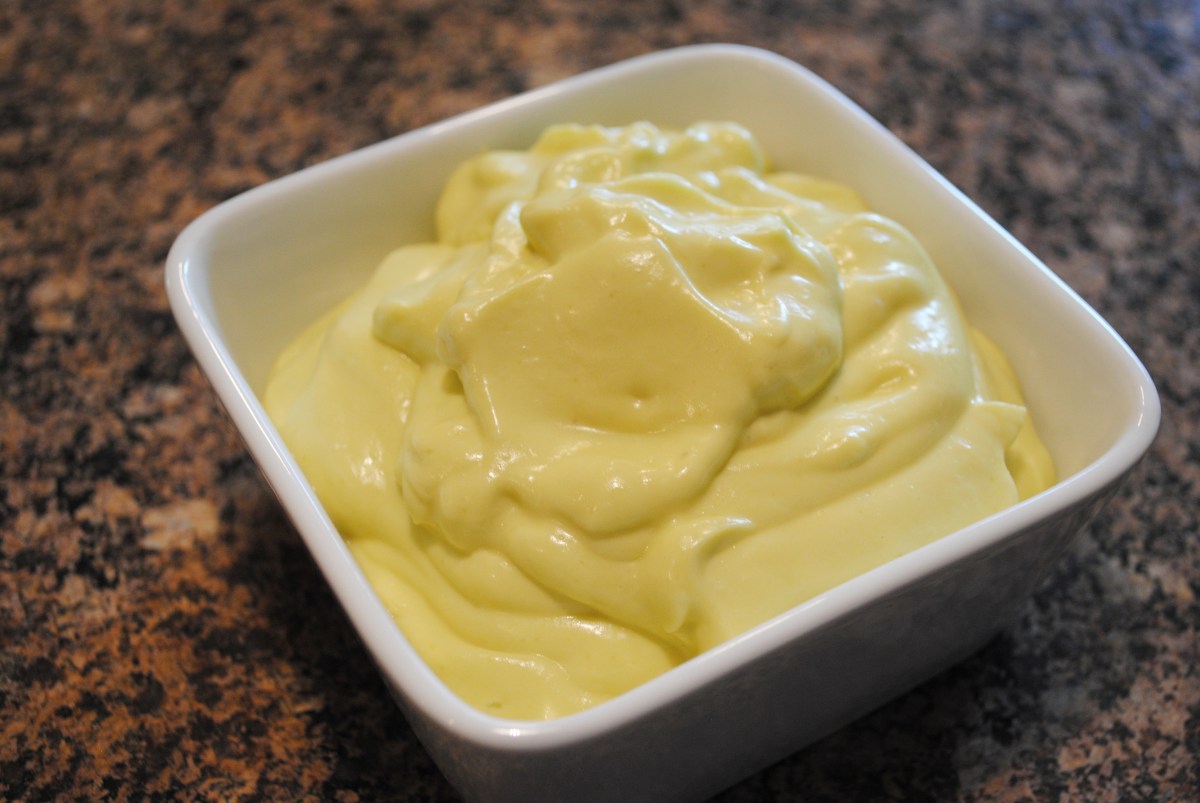Imagine creamy, luscious mayonnaise without the need for eggs! It sounds impossible, but the world of culinary innovation has unlocked the secret. This guide dives into the science behind egg-free mayonnaise, revealing how emulsification can be achieved without relying on traditional methods. We’ll explore various thickening agents, compare different recipes, and equip you with the knowledge to create your own perfect egg-free masterpiece, from selecting the right oils to troubleshooting common pitfalls.
Prepare to embark on a journey of creamy textures and surprising flavors. We’ll unpack the mysteries of stable emulsions, the nuances of different oils, and the magic of alternative ingredients. Whether you have egg allergies, are vegan, or simply curious about expanding your culinary horizons, this comprehensive guide will empower you to whip up a batch of delicious, egg-free mayonnaise that rivals—and perhaps even surpasses—its traditional counterpart.
Choosing the Right Ingredients and Equipment for Success

Crafting a truly delicious egg-free mayonnaise hinges on selecting top-notch ingredients and employing the right tools. The quality of your ingredients directly translates to the final product’s taste, texture, and overall appeal. Using subpar ingredients can result in a bland, grainy, or even unappetizing emulsion.
The impact of ingredient selection cannot be overstated. High-quality ingredients contribute to a richer, more flavorful, and smoother final product. Conversely, using low-quality oils or acidic components can lead to a less desirable outcome.
Oil Selection and its Influence on Texture and Flavor
The type of oil you choose significantly impacts the texture and flavor profile of your egg-free mayonnaise. A neutral-flavored oil, like refined avocado oil or refined sunflower oil, provides a blank canvas, allowing other flavors to shine. These oils also tend to create a smoother, lighter mayonnaise. Conversely, using a strongly flavored oil, such as extra virgin olive oil, will impart a distinct olive flavor, which may not be suitable for all recipes. The oil’s viscosity also plays a role; thicker oils may require more vigorous blending to achieve a smooth emulsion. Consider the desired outcome when selecting your oil. For a light and neutral mayonnaise, a refined oil is preferred. For a bolder flavor profile, a high-quality extra virgin olive oil can be a delicious option, though the flavor will be prominent.
Suitable Substitutes for Common Mayonnaise Ingredients
Lemon juice and vinegar are crucial for providing acidity, which is essential for emulsifying the oil and water and creating a stable mayonnaise. While lemon juice offers a brighter, more citrusy flavor, white wine vinegar provides a subtler tang. Apple cider vinegar, with its characteristic sweetness and tang, offers a unique flavor profile. These options provide the necessary acidity to ensure the mayonnaise emulsifies properly. Experimentation may be needed to find the preferred balance of flavor and acidity for individual preferences. In some recipes, a combination of lemon juice and vinegar may be used to create a more complex flavor.
Essential Equipment for Egg-Free Mayonnaise Preparation
Choosing the right equipment is crucial for a successful egg-free mayonnaise. The process relies on creating a stable emulsion, and the right tools facilitate this.
- Immersion Blender (Stick Blender): This is arguably the most important piece of equipment. Its powerful blending action efficiently creates the emulsion, incorporating the oil into the water-based liquid gradually, preventing separation. The immersion blender’s ability to work directly in the mixing bowl minimizes cleanup.
- High-Powered Blender: A high-powered blender can also be used, although it may require more careful monitoring to avoid over-processing. Its powerful motor can create a smooth emulsion, but the process might need adjustments depending on the blender’s specific capabilities.
- Measuring Cups and Spoons: Precise measurements are vital for achieving the correct consistency and flavor balance. Accurate measuring tools ensure consistent results.
- Mixing Bowl: A tall, narrow bowl is ideal for using with an immersion blender, as it helps to keep the ingredients contained and facilitates easier blending. A wider bowl can be used with a standard blender.
Making egg-free mayonnaise might seem daunting at first, but with the right techniques and understanding of the emulsification process, it becomes surprisingly simple and incredibly rewarding. From the smooth, creamy texture to the versatility in flavor profiles, mastering this skill opens up a world of culinary possibilities. Experiment with different oils, thickening agents, and flavorings to discover your signature egg-free mayonnaise, and impress yourself and your guests with this delicious and surprisingly adaptable condiment. The journey to creamy perfection awaits!
Answers to Common Questions
Can I use any type of oil for egg-free mayonnaise?
While many oils work, neutral-flavored oils like grapeseed or canola oil are best for avoiding overpowering the final taste. Heavier oils can create a thicker mayonnaise.
How long does egg-free mayonnaise last?
Properly stored in the refrigerator in an airtight container, egg-free mayonnaise should last for about a week.
What if my egg-free mayonnaise separates?
Separation can occur if the ingredients aren’t properly emulsified. Ensure all ingredients are at room temperature before blending, and blend thoroughly until a stable emulsion forms. A little patience is key!
Can I freeze egg-free mayonnaise?
Freezing mayonnaise is not recommended as it can alter its texture and consistency upon thawing. It’s best to make small batches for fresh consumption.


